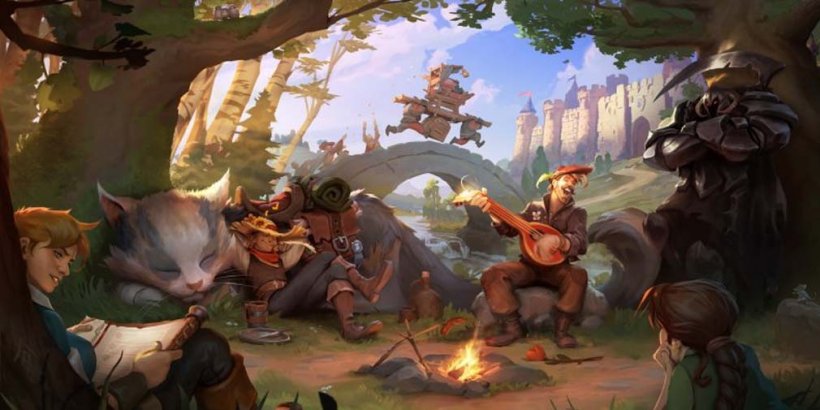Clay in Minecraft: Crafting, Uses, and Secrets
- By Emery
- Apr 18,2025
Clay is an essential resource in Minecraft, pivotal for bringing your building ideas to life. Unlike more readily available materials like dirt, sand, or wood, locating clay early in your adventure can prove challenging. In this guide, we'll delve into the versatile uses of clay, its crafting potential, and share some intriguing facts about this unique block.
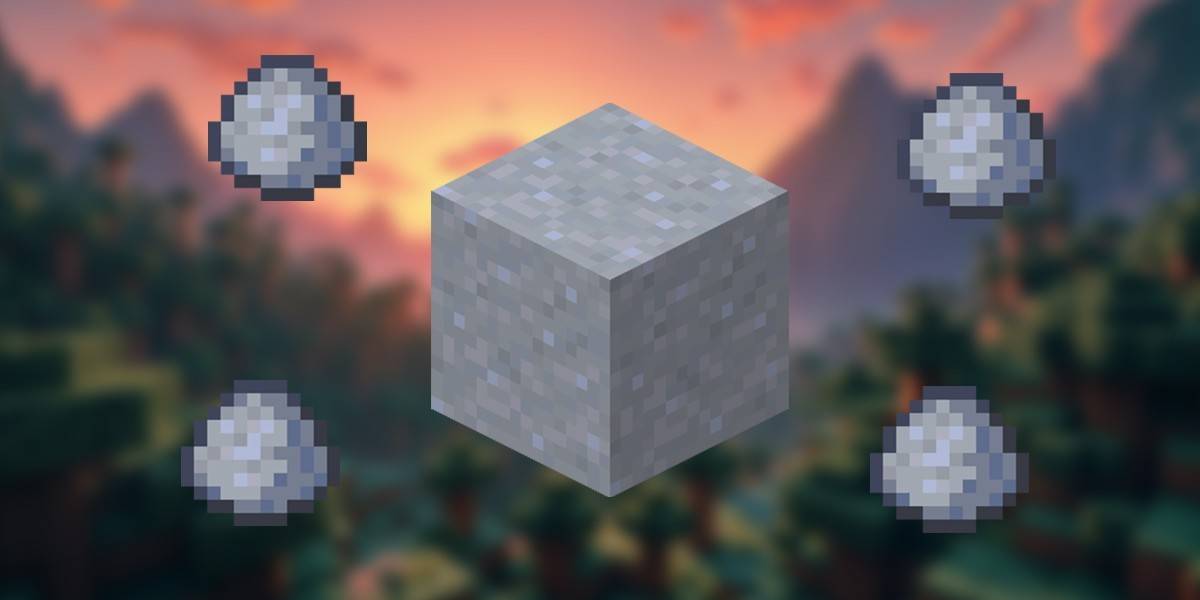 Image: ensigame.com
Image: ensigame.com
Table of Contents
- Ways to Use Clay in Minecraft
- Clay Spawn Locations in Minecraft
- Interesting Facts About Clay in Minecraft
Ways to Use Clay in Minecraft
Clay is a key component for crafting terracotta blocks, which can be dyed into 16 different colors. This versatility makes terracotta ideal for creative projects like pixel art. To transform clay into terracotta, you'll need to smelt a clay block in a furnace, a step that's often simpler than finding clay in the wild.
 Image: ensigame.com
Image: ensigame.com
Terracotta's various patterns add a stunning aesthetic to any build, making it a go-to decorative material. The image below showcases the range of color variations you can achieve with this block.
 Image: reddit.com
Image: reddit.com
Another practical use of clay is in brick-making. To create bricks, break down a clay block on a crafting table by arranging it as shown in the image below.
 Image: ensigame.com
Image: ensigame.com
Then, smelt these clay balls in a furnace to produce bricks, which are crucial for constructing a variety of structures.
 Image: ensigame.com
Image: ensigame.com
Villagers provide an interesting trading opportunity, exchanging clay for emeralds at a reasonable rate. You can earn one emerald for just ten clay balls, meaning breaking three clay blocks could net you a shiny new gem.
 Image: ensigame.com
Image: ensigame.com
Clay also has a unique, though less practical, use in altering the sound of note blocks. Placing a note block on top of a clay block produces a soothing tone, perfect for enhancing in-game ambiance and relaxation.
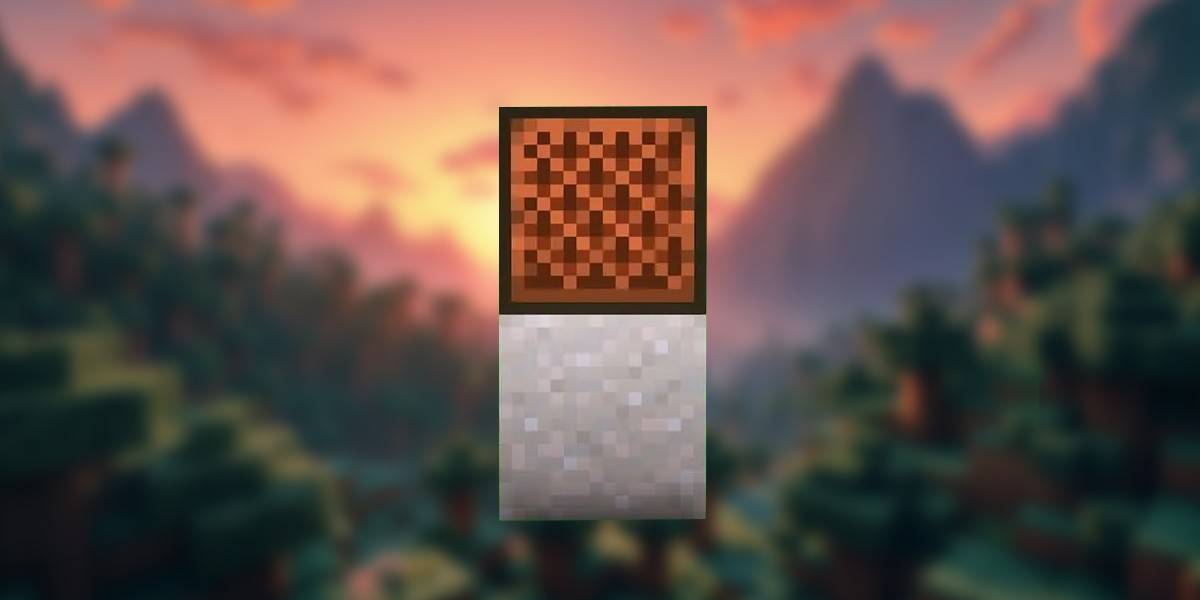 Image: ensigame.com
Image: ensigame.com
Clay Spawn Locations in Minecraft
Clay typically appears where sand, water, and dirt converge, mirroring real-world geology. The best spots to search are shallow water bodies, where clay is abundant.
 Image: youtube.com
Image: youtube.com
You can also find clay in chests within caves and villages, though this relies more on luck, as these locations can be distant from your spawn point.
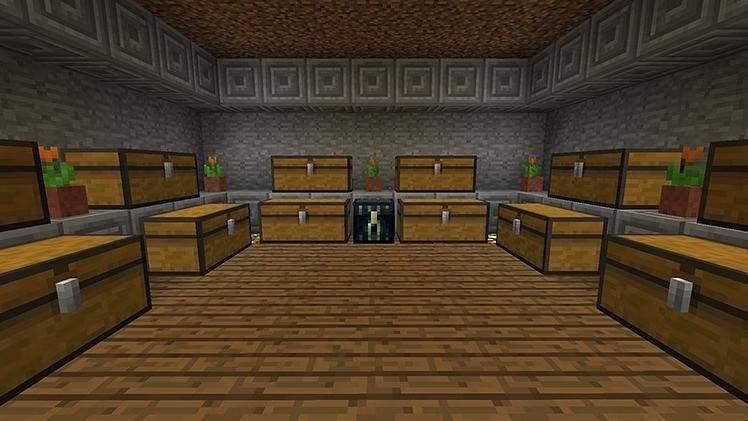 Image: minecraft.net
Image: minecraft.net
Another reliable source of clay is along the shores of large bodies of water. These spots are scattered throughout the Minecraft world and are prime for clay hunting, though remember that clay deposits don't always spawn consistently.
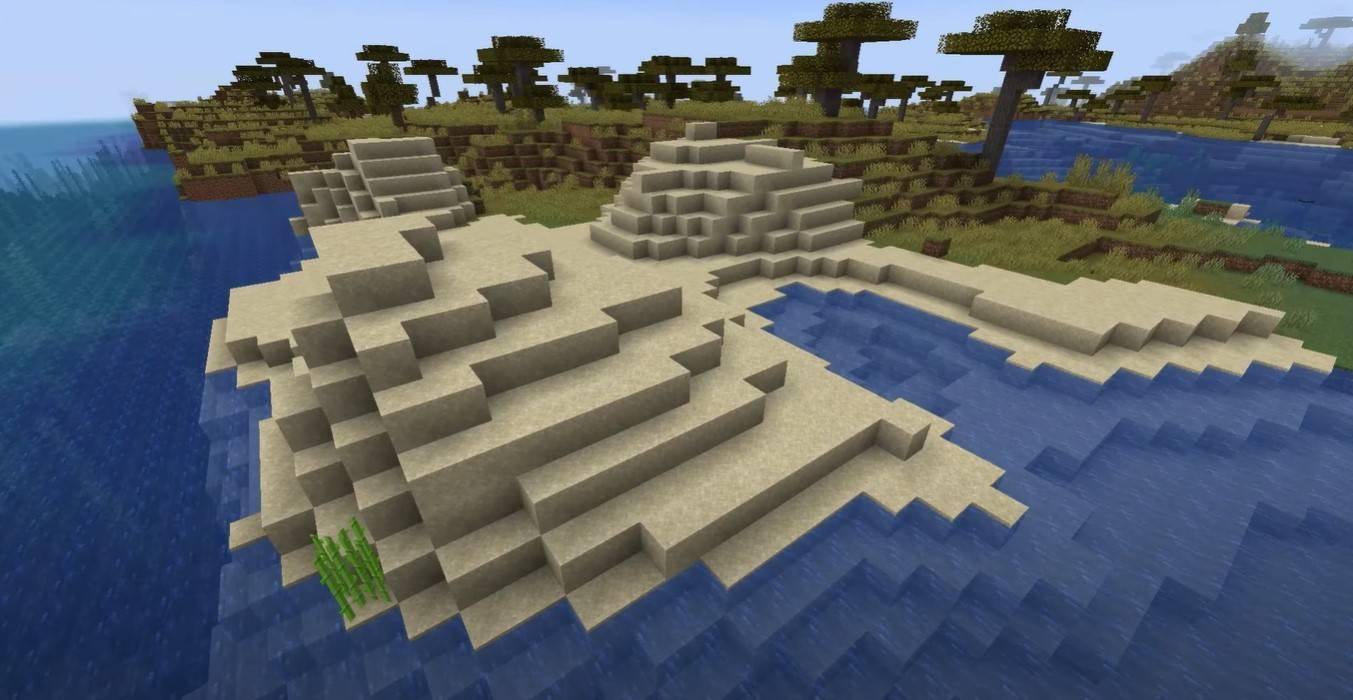 Image: youtube.com
Image: youtube.com
Despite being widely available, clay's role in Minecraft is crucial, enabling players to construct impressive buildings and unique designs. Let's explore some fascinating facts about this versatile block.
Interesting Facts About Clay in Minecraft
In real life, clay is mostly found underground, unlike in Minecraft, where it's often near water sources. It's unclear why the developers chose this design, but clay can also be found in lush caves.
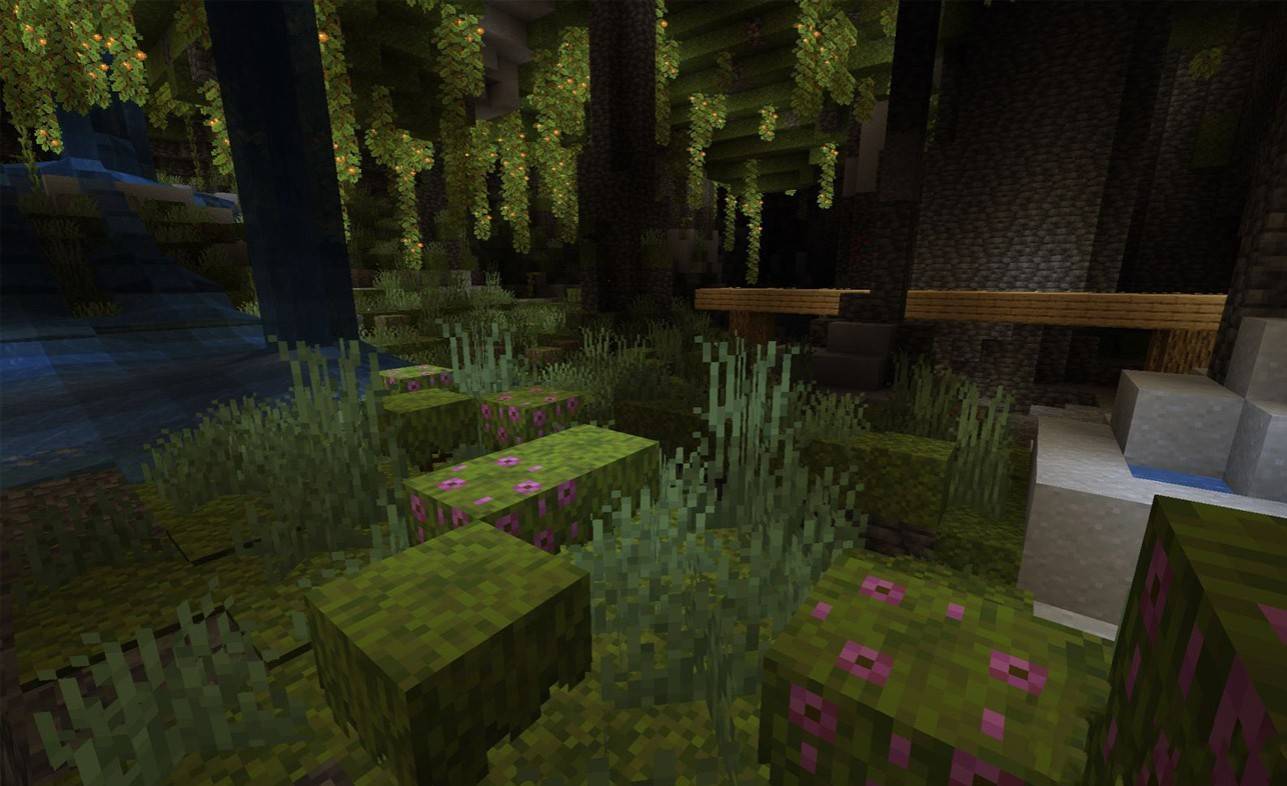 Image: fr-minecraft.net
Image: fr-minecraft.net
Real-world clay isn't just gray; it can also be red, with its color determined by mineral composition and firing conditions. For instance, red clay's hue comes from high iron oxide content, and once fired, the clay retains its original color due to its unchanged chemical composition.
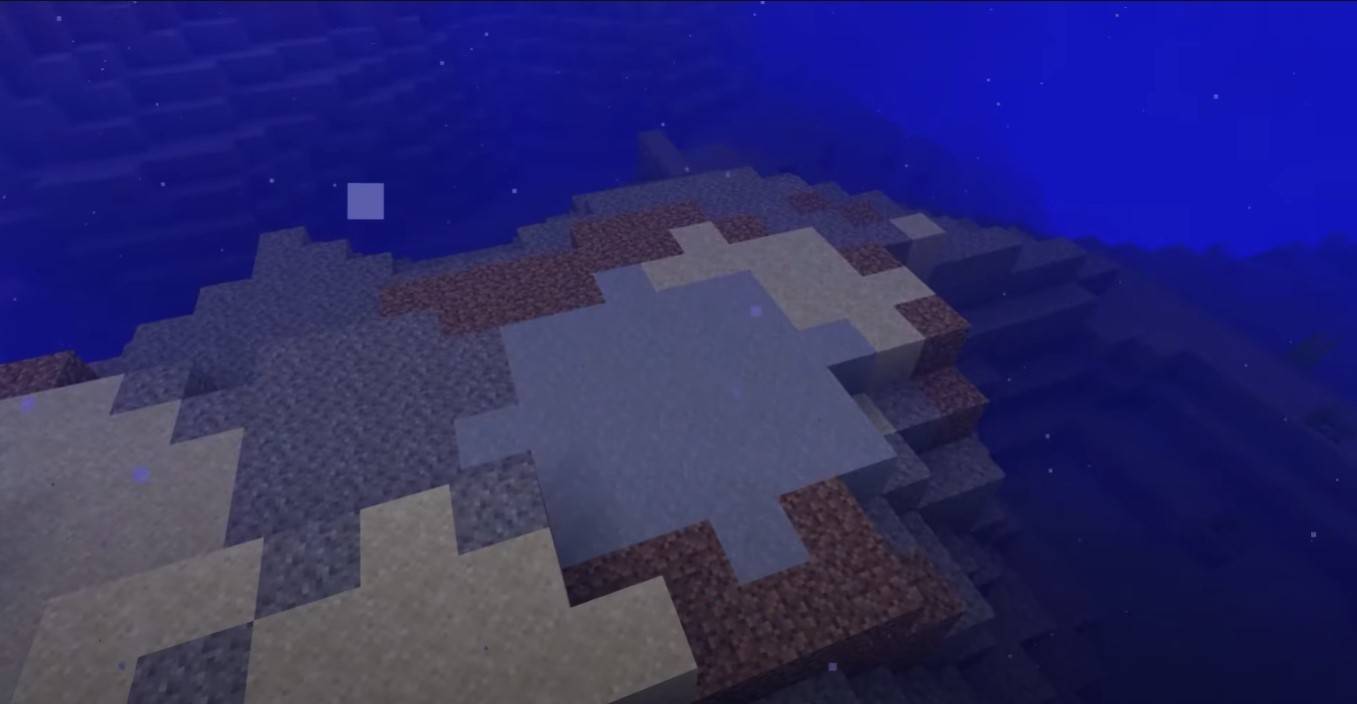 Image: youtube.com
Image: youtube.com
Mining clay underwater increases tool wear and slows down the mining process. Additionally, the "Fortune" enchantment doesn't increase the number of clay balls dropped when breaking a clay block.
Clay is a hidden gem in Minecraft, capable of being smelted, dyed, and used for sturdy buildings or decorative elements. Without clay, the game would lack cozy houses, intricate patterns, and durable brick walls. Maximize this block's potential, experiment with its uses, and create your finest Minecraft builds yet!




